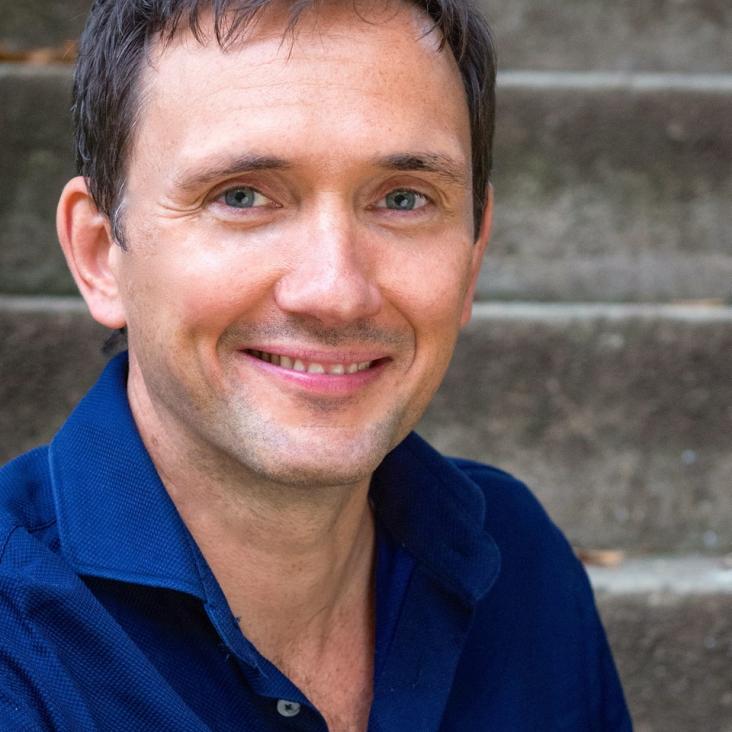Coarse-grained modelling of the structural properties of DNA origami
(2018)
A touch of awe: crafting meaning from the wonder of the cosmos
Annals of the New York Academy of Sciences Wiley 1432:1 (2018) 46-62
Abstract:
From the birth of galaxies to the self-organizing dynamics of our planet to the ongoing expansion of the universe, the more we discover about the evolution of the cosmos, the more acutely we realize the enormity of what remains to be known. Just this year astrophysicists at the University of Nottingham confirmed that there are at least two trillion galaxies in the cosmos, 10 times more than had been previously thought. What guidance or wisdom can the study of cosmology and astrophysics offer us in our search for meaning and purpose? In conversation with Steve Paulson, executive producer and host of To the Best of Our Knowledge, theoretical physicists Paul Davies and Ard Louis, and astrophysicist Lucianne Walkowicz share their perceptions based on years of gazing upward and beyond our own intimate planet.Force-induced unravelling of DNA origami
ACS Nano American Chemical Society 12:7 (2018) 6734-6747
Abstract:
The mechanical properties of DNA nanostructures are of widespread interest as applications that exploit their stability under constant or intermittent external forces become increasingly common. We explore the force response of DNA origami in comprehensive detail by combining AFM single molecule force spectroscopy experiments with simulations using oxDNA, a coarse-grained model of DNA at the nucleotide level, to study the unravelling of an iconic origami system: the Rothemund tile. We contrast the force-induced melting of the tile with simulations of an origami 10-helix bundle. Finally, we simulate a recently proposed origami biosensor, whose function takes advantage of origami behavior under tension. We observe characteristic stick–slip unfolding dynamics in our force–extension curves for both the Rothemund tile and the helix bundle and reasonable agreement with experimentally observed rupture forces for these systems. Our results highlight the effect of design on force response: we observe regular, modular unfolding for the Rothemund tile that contrasts with strain-softening of the 10-helix bundle which leads to catastropic failure under monotonically increasing force. Further, unravelling occurs straightforwardly from the scaffold ends inward for the Rothemund tile, while the helix bundle unfolds more nonlinearly. The detailed visualization of the yielding events provided by simulation allows preferred pathways through the complex unfolding free-energy landscape to be mapped, as a key factor in determining relative barrier heights is the extensional release per base pair broken. We shed light on two important questions: how stable DNA nanostructures are under external forces and what design principles can be applied to enhance stability.Deep learning generalizes because the parameter-function map is biased towards simple functions
(2018)
Multi-scale coarse-graining for the study of assembly pathways in DNA-brick self-assembly
Journal of Chemical Physics AIP Publishing 148:13 (2018) 134910


